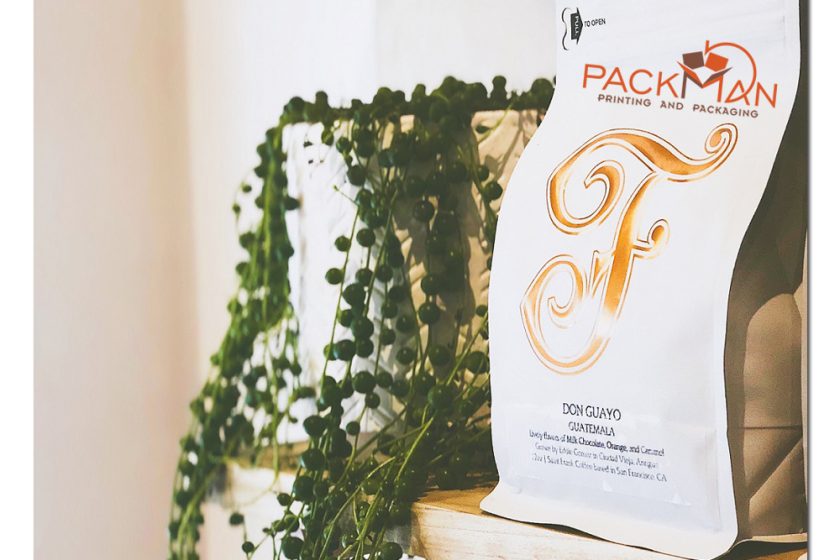Food packaging is something that people take for granted. Modern day’s technological advances in printing and packaging has allowed for greater flexibility in using packaging as a promotional tool, particularly for the purpose of presenting an eye-catching means for attracting buyers to several food products. However, the primary motive of proper food packaging has been and still is, to protect food from contamination and to preserve freshness, ensuring that the food item reaching the customer is wholesome and safe.
Well designed and thoroughly tested food packaging develops consumer’s confidence because of its contribution to maintaining consistent quality and pureness of the food it protects. The packaging and food industries are continuously researching and developing new food packaging that is non-toxic, strong, lightweight, cost-efficient, environment-friendly and providing convenience for the consumer and more essentially, providing an assurance that the food contained in the package is safe and good to eat.
In this article, Mr. Gaurav Jalan, Founder and Director, of India’s leading packaging company Packman Packaging talks about packaging tips for food safety.
- Metals: A wide array of metal alloys are used for cans and containers, lightweight foils, and food pouches.
- Plastics: Several formulations of plastic are used for rigid and flexible containers, food pouches, resealable food bags, and nonporous films that comply with specific food shapes.
- Glass: It is used mostly for jars and bottles and generally in conjunction with metal for construction of the screw-on lids.
- Paper: Paper is used for lightweight cartons, containers, and bags. It is also used in addition with other materials, like the metal foils and plastics. For instance, it is often used as a colorful outer covering for foil-wrapped toffees and candies.
- Cellophane: This is used for food wraps and wrapping solo items within a carton. It is also used in addition with paperboard boxes as a see-through window showcasing the product inside the box, as in the case of some pasta products.
Apart from guarding against contamination, the packaging is used to seal in freshness and increase the shelf life of several food products. The shelf life may vary from several days to indefinitely depending on the kind of food and the type of packaging used. Described underneath are some examples of food packaging and their shelf life capabilities.
Plastic Bags
Plastic bags are an easy, space-saving method for packaging and storing food and increase the shelf life of various foods. Certain foods, like the salad greens, deteriorate in quality quite quickly, but the food and packaging industries have found better methods to use plastic bags to maintain the freshness of such items for days beyond its usual shelf life. A technology known as MAP (Modified Atmosphere Packaging), allows the atmospheric conditions within the plastic bag to be maintained, thereby lowering the rate of deterioration.
Other foods might keep for longer periods in plastic bags without the use of modified atmosphere packaging simply because of the kind of the food item contained in the bag. A plastic bag containing white rice, for instance, is extremely stable and might keep indefinitely if properly stored, however brown rice stored in the same type of bag has a lesser shelf life due because of the oils contained in the bran and germ portions of the grain. The oils cause rancidity after a prolonged period of storage. A noticeable change in quality may happen in 6 months. (White rice contains no germ or bran.)
Pouches
Pouches are made from plastic or foils or a mixture of both are a kind of food packaging that is becoming increasingly popular. The pouches have the ability to keep food fresh for prolonged periods and do not need refrigeration. They are highly lightweight and they can be resealed once they are open, however, some foods that are leftover may need refrigeration after opening. Many pouches are small enough to fit into a pocket, therefore adding convenience for people on the go. Food pouches have actually been around for decades, but have not become popular with customers until recently. The military forces were the first to develop food pouches decades ago as a means for soldiers to transport compact meals in the field.
As already stated about pouches above. A stand-up pouch is an advanced version of the same with an ability to stand on its own. The base on which it stands is known as a gusset. High-barrier materials and resealable zipper closures are used in stand-up pouches that protect snacks against moisture, odor, leakages, and spills which help to keep food remain fresher for a longer duration. Packman Printing And Packaging makes high-quality stand-up pouches that are used by several big food brands across India.




